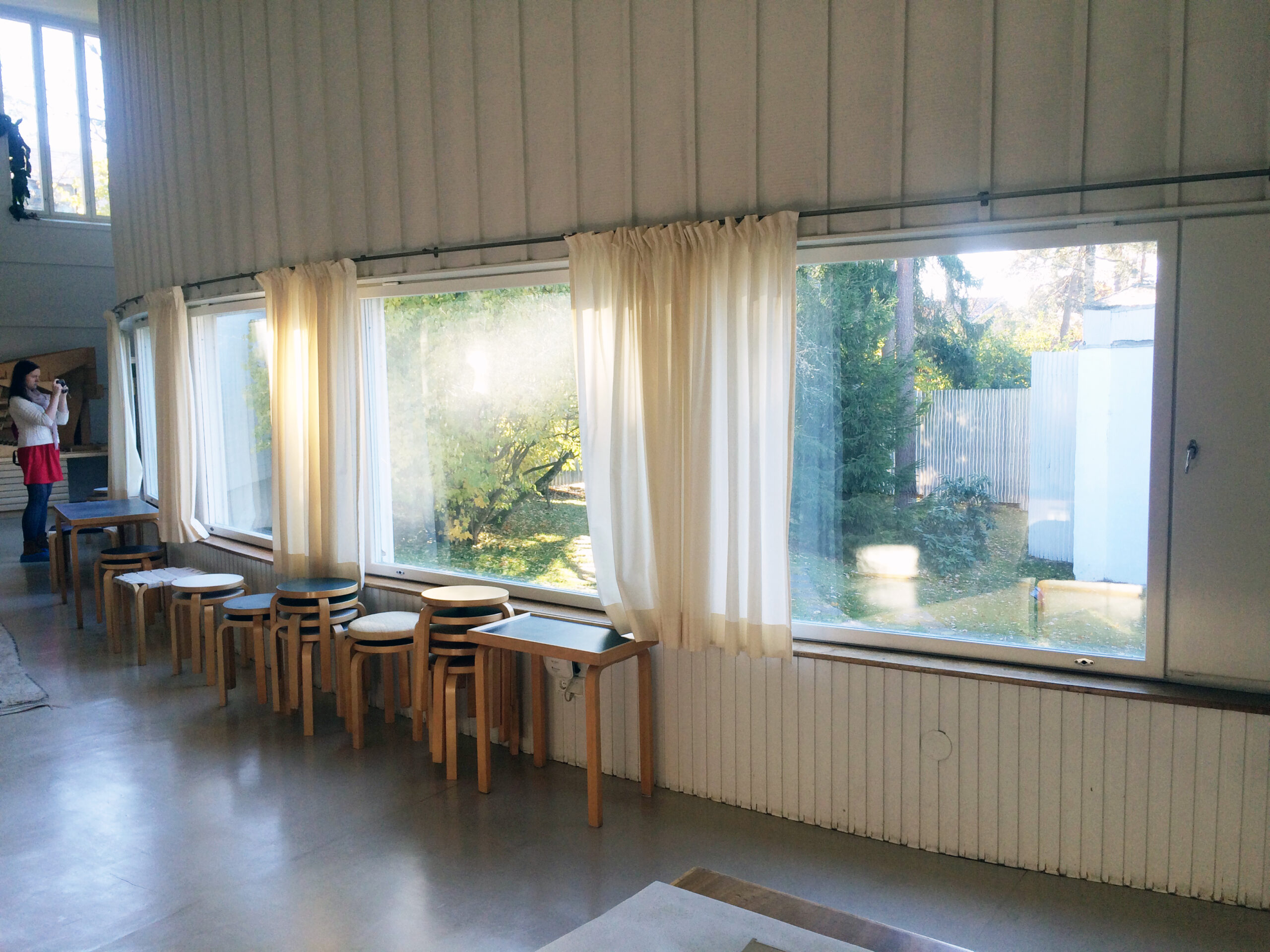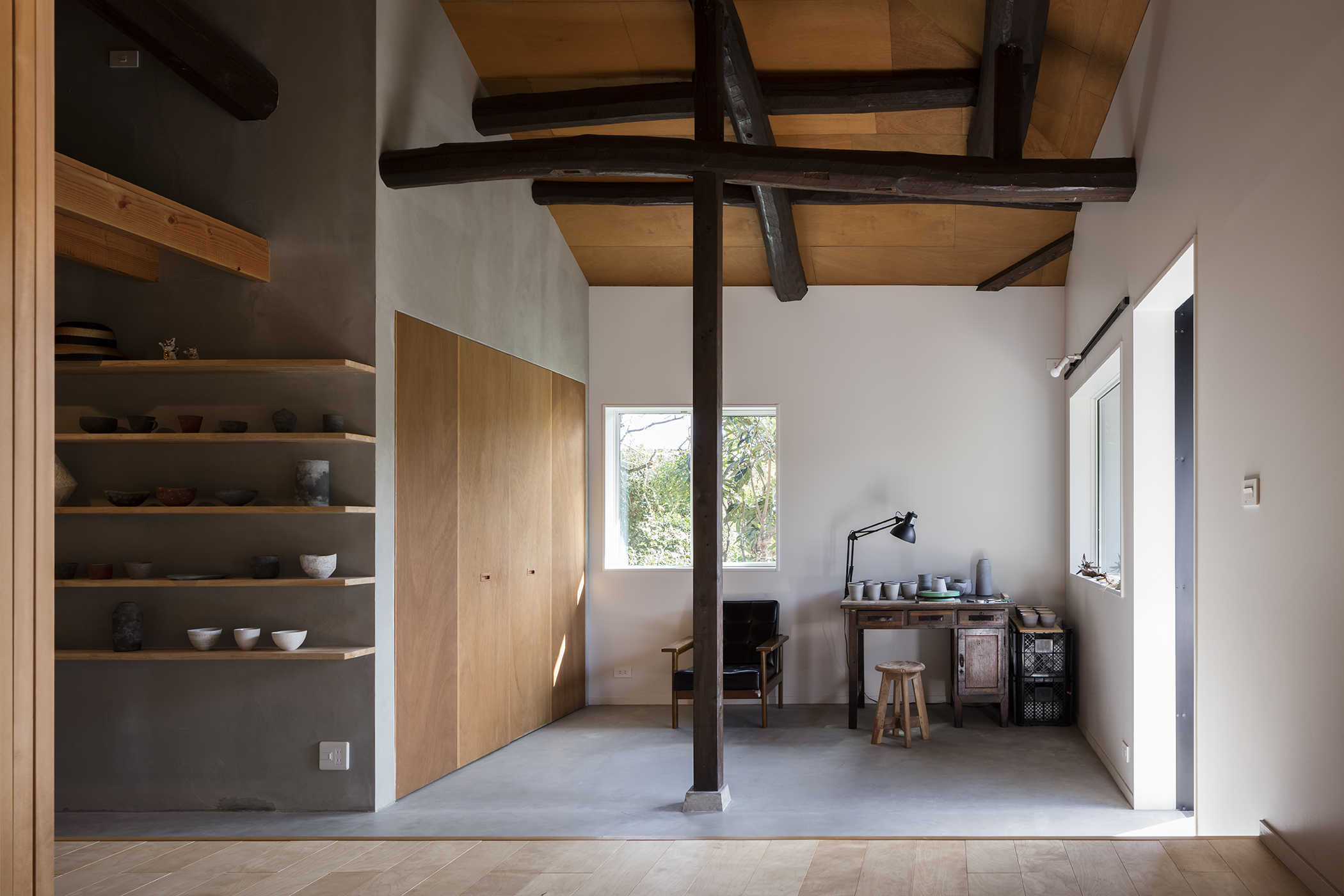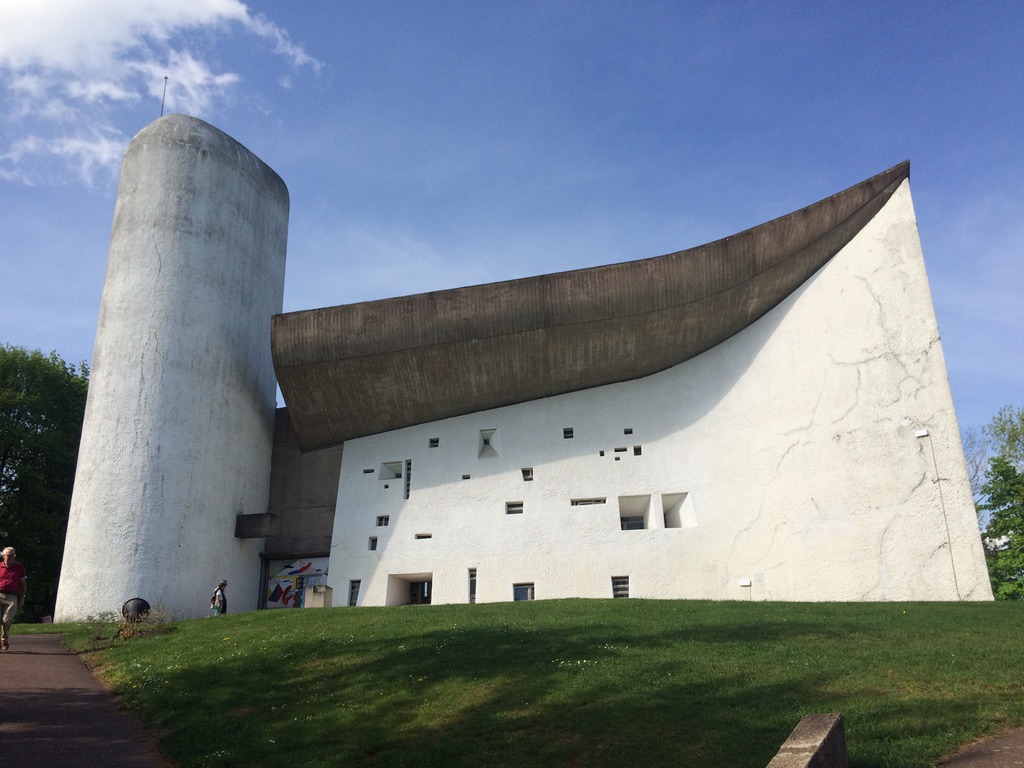I would like to write about how living in close proximity to work and residence and living as one can lead to the restoration of a rich living environment that has been lost.
Recently, we often hear terms such as “work-residence proximity” and “work-residence as one. I think this is related to the rapid spread of remote work due to Corona and the increase in the number of people who work from home due to the growing social recognition of the freelance work style.
I personally believe that these lifestyle changes have many advantages beyond the simple elimination of commuting time.
Here I will consider the reasons for this, going back in time a bit from an architectural and spatial perspective.
1. to build, to live, to think
Suddenly, a German philosopher named Heidegger gave a lecture in Darmstadt, Germany in 1951 titled “Building, Living, Thinking.
The content of the lecture was to think about human existence through living and building, and the purpose of the lecture was that we must learn to live. The meaning of “human existence” is a bit confusing, but simply put, it means how we find the meaning of life.
In German, to live is Wohnen and to build is Bauen, and originally these two words had the same meaning.
Originally, the two words meant the same thing: to live in, to cultivate, and to build on the land, which was the very meaning of human existence.
For the people of old, “to live = to build = to live. For a simple example, think of the farmers of the past.
Farmers lived in the same place, cultivated the fields, ate what they harvested, exchanged produce with each other, and built relationships with the local people to ensure the prosperity of their offspring and the growth of their houses.
a place to live has become something you buy, not something you build.
Compared to the past, today, living and building no longer go hand in hand. Most people would not build a house with their own hands.
The general idea is that housing is something to be bought or rented. Under such circumstances, the awareness of taking root in the land and actively building relationships with local people may become rare.
If you observe the neighborhood carefully, you will see people who plant flowers in their yards and take good care of them every day. We also often see people working on their vegetable gardens.
Flowers bloom and vegetables are harvested depending on the season, and this seems to be a part of the meaning of one’s existence in the community, as if one is putting into practice Heidegger’s words about living and building.
However, some people may not be interested in flowers or gardening, and unless they own their own house or have a garden, it may be difficult for them to plant.

3. modern life where residence and workplace are separated from each other
Originally, work and residence developed in a very close relationship, but modernization has made it common practice for people to work in offices, far away from where they live, and commute to where they work.
During the daytime on weekdays, there are fewer people in residential areas because they are in the office, and conversely, there are no people in office areas at night.
The office was invented to allow people to work efficiently in the same place, but in today’s world of advanced communication technology, it is no longer necessary for large numbers of people to work in the same place and at the same time.
4. considering the relationship between jobs and housing to restore a prosperous living environment
Our lives today are more convenient than in the past, but at the same time we have lost some things.
One of the reasons for this is that we place so much emphasis on functionality that we divide all spaces by function, such as where we live and where we work, and the same kinds of things tend to congregate together.
Many people live in residential areas, work in office areas, and shop in shopping centers and department stores. These are all places that are clustered together with the same kind of things, and while this is efficient, I think it can also feel scheduled and boring.
With the proliferation of remote work, people will naturally spend more time at home by working from home.
Then, because you spend more time at home than if you work in the office during the day and only come home at night, your time there will be more important and you will want to make it more comfortable.
Also, if your home is where you work, you may have more opportunities to invite people to your home for meetings.
As you have more opportunities to invite people over, you will probably have various desires, such as creating a beautiful space, arranging your favorite furniture, tableware, and accessories, and placing plants in the space.
This will result in an interest in the place where you live, and will become a catalyst for creating a space that is unique to you.
Taking an interest in and designing one’s living space leads to designing one’s daily life, in other words, designing one’s life itself.
This is what the Finnish architect Alvar Aalto, who placed great importance on daily life, taught us.
I will explain in detail in the next chapter.
5. examples of work-home proximity and work-home integration
Alvar Aalto’s house and studio
Finnish master architect Alvar Aalto is so famous that the university from which he graduated was later renamed Aalto University. His home was located in the suburbs of Helsinki, and he built a studio about a 10-minute walk from his home where he worked with his staff.
It was in this atelier that many of the most famous buildings of the future were created.
A visit to Aalto’s home reveals that the house was a space for working, not just relaxing.
On the contrary, the atelier, although the space itself is large due to the large number of staff working there, feels more like a home, with spaces here and there for relaxation. In other words, it is a space where “home is like work and work is like home.
Architectural art is not created in a so-called office environment.
Aalto was an architect who placed great importance on his daily life and used the richness of life he experienced there as a source of inspiration for his creations, such as when he said, “Architectural art is not created in a so-called office environment,” and when he established the rule of “not talking about work during breaks.
This is exactly what we call today the “work-home” lifestyle.
This standard of value is still very important today, and I think that spaces that are a mixture of these elements, or in a state that is not well understood, are often more attractive than spaces that are simply functionally separated into houses, offices, and stores.

6. enjoyment of mixed spaces
Even in Japan, spaces such as townhouses and shopping streets in the past were a mixture of work (business) space and living space.
I think it is better to have a mixture of different things to make the space more enjoyable and rich with accidental encounters and so on. For example, in a residential area, if you have your own store, business, or job in your own house, you will have relationships with people you would not have had if you just lived there, and your relationship with the community will also change.
As the number of such people increases, the place where we live during the day will become a more lively place.
Remote work has spread rapidly in the Corona Disaster, and I think that the spread of remote work has given us the opportunity to rethink our lives more than just the advantage of not having to travel.
I believe that there is great potential in the themes of “work-situation proximity” and “work-situation coexistence” as an opportunity for people to take an interest in their own neighborhoods and spaces and make them better.
I believe that by bringing people closer to where they live and work, they will become more attached to their places of residence than ever before, and by designing them, we can create attractive spaces where work and residence are blended together.

Related Articles
-
 NOTE
NOTE
Akiya Renovation | Attractiveness and Methods of Renovation of traditional Japan…
ArchitectureThe Importance of Renovation of traditional Japane […] -
 NOTE
NOTE
Living Lively with Work and Residence in Close Proximity | Hints for a Prosperou…
LifeI would like to write about how living in close pr […] -
 NOTE
NOTE
The Difference between an Architect and Kenchiku-Shi | Who is an Architect?
ArchitectureWhat is an architect? I am often asked. It is a na […] -
 NOTE
NOTE
What Makes a City Attractive? | What Shapes the Atmosphere of Japanese Cities
City1. Whether I want to live there depends on the tow […]





